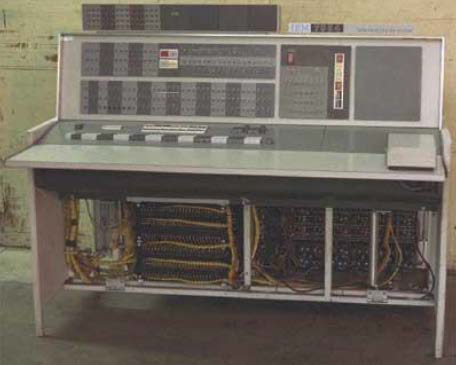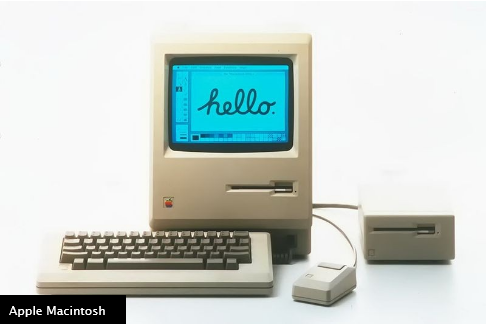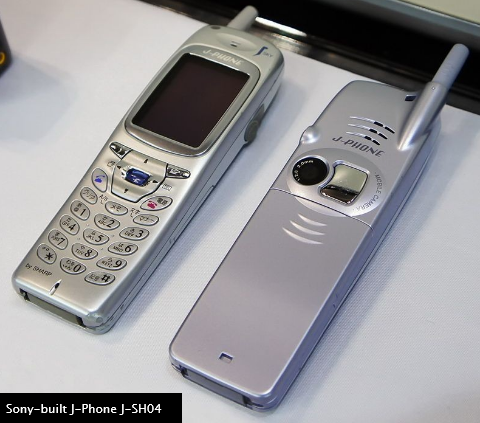Introduction
The ICT Centre was established in the late 2002 with the aim of assisting the university realise its mandate of innovative use of ICT services and products to support research, learning, teaching and administrative processes. The University has mandated the ICT Center to carry out the following functions: -
- To develop and implement an evolutionary ICT policy and strategy that is sensitive to emerging technologies and responsive to changing needs and practices
- To guarantee the security of ICT resources and the safety of people working in ICT environments
- To enhance skills to develop, implement, support and exploit ICT resources effectively and efficiently
- To provide quality network infrastructure and improve student & staff access to ICT services in line with University priorities
- To ensure that business systems accommodate and facilitate changes in business practice that reflect changing institutional, staff and student needs
- To advance the need for adequate and sustainable ICT funding from within the University and develop capacity to attract external resources.
ABOUT UNIVERSITY ICT PROGRESSION
Like pioneer organizations in developed countries, University of Nairobi is one of the very first public institutions on Kenya to embrace IT computing dating back in 1970s. The University has experienced IT growth in all computing generations to date. This Computing trends has really transformed the University in terms of Teaching and Learning, Research, Administration and development.
To date, the University continues to lead in adoption of computing power and has seen many of its teaching and administrative departments embracing the use of computers to transform its business processes. The University is a leading giant in application system development, networking and integration of IT in teaching and Learning.
With the onset of COVID-19 Pandemic, the University of Nairobi due to its robust and reliable network infrastructure and systems smoothly transitioned to the use of online teaching to ensure continuity of its business operations. With the good uptake of IT technology by staff and students and the support the Management continues to give, the University will definitely led in this field.
Below is a summary of computing power trends in the University.
First Generation Computers
The period of first generation was from 1946-1959. The computers of first generation used vacuum tubes as the basic components for memory and circuitry for CPU (Central Processing Unit). Therefore, they were very expensive and only large organizations were able to afford it.
In this generation, mainly batch processing operating system was used. Punch cards, paper tape, and magnetic tape was used as input and output devices. The computers in this generation used machine code as the programming language.

Figure 1: Could have been installed in School of Engineering or Institute of Computer Science Chiromo Campus
Second Generation Computers
The period of second generation was from 1959-1965. In this generation, transistors were used that were cheaper, consumed less power, more compact in size, more reliable and faster than the first-generation machines made of vacuum tubes. In this generation, magnetic cores were used as the primary memory and magnetic tape and magnetic disks as secondary storage devices.
In this generation, assembly language and high-level programming languages like FORTRAN, COBOL were used. The computers used batch processing and multiprogramming operating system. Students at the University used this programming languages to do the computing assignments.

Figure 3: Second Generation Computing Power
Third Generation Computers
The computers of third generation used Integrated Circuits (ICs) in place of transistors. A single IC has many transistors, resistors, and capacitors along with the associated circuitry. This development made computers smaller in size, reliable, and efficient. In this generation remote processing, time-sharing, multi-programming operating system were used. High-level languages (FORTRAN-II TO IV, COBOL, PASCAL PL/1, BASIC, ALGOL-68 etc.) were used during this generation.

Figure 4: IBM 360 Model at SCI Chiromo
Fourth Generation Computers
The period of fourth generation was from 1971-1980. Computers of fourth generation used Very Large Scale Integrated (VLSI) circuits. VLSI circuits having about 5000 transistors and other circuit elements with their associated circuits on a single chip made it possible to have microcomputers of fourth generation.
Fourth generation computers became more powerful, compact, reliable, and affordable. As a result, it gave rise to Personal Computer (PC) revolution. In this generation, time sharing, real time networks, distributed operating system were used. All the high-level languages like C, C++, DBASE etc., were used in this generation.


Figure 5: IBM Desktop Computer
Fifth Generation Computers
The period of fifth generation is 1980-till date. In the fifth generation, VLSI technology became ULSI (Ultra Large Scale Integration) technology, resulting in the production of microprocessor chips having ten million electronic components. This generation is based on parallel processing hardware and AI (Artificial Intelligence) software. AI is an emerging branch in computer
science, which interprets the means and method of making computers think like human beings. All the high-level languages like C and C++, Java, .Net etc., are used in this generation.
Many departments of the University has used many of this types of computers eg Laptops, Desktop Computers, Notebooks, Tablets etc and other hand held equipment.


